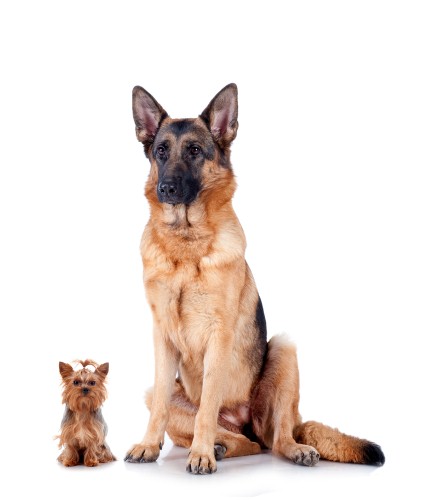Not every object can be a promotional item, and trying to force strange inventory items on consumers as freebies could turn them off to the company. For instance, while a plastic onion container may be a sensible promo for a grocery store, a fruit bowl is too bulky and undesirable to be widely accepted by shoppers. It is also more costly to manufacture and distribute. All these factors, including where, when, how and who will be managing this function, should be considered before investing in a promo item giveaway strategy.
Thinking about the kinds of products consumers use on a daily basis is one possible strategy, but there are other items that work well as giveaways, too. Getting samples of products, trying different angles and being open to change is important when working on a promotional product campaign.
Focusing on the user
An important aspect of whether a promo item giveaway will work is thinking about the brand identity in connection to consumers. A tech business may want to give out USB keychains while a sporting goods store would offer shoppers Frisbees, and logo pens are popular among entities of all kinds.
Amsterdam Printing wrote that some of these items will be more popular to businesses for visibility but less desirable among customers due to their lack of practicality. Focusing instead on items that offer general use and universal applications regardless of demographics can ensure they reach a wider target audience. Thinking about the kinds of things people like to receive, fun or practical, can help marketing specialists narrow their sights on the items that make the most sense in conjunction with corporate message. As the article stated, the ability of a promo item to raise the visibility of a company is greater than simply relying on SEO and other traditional methods, as it is seen in a practical application and therefore expresses its usefulness more actively.
Situations at play
Sometimes it is useful to think instead about the environment where a promotional product will be used, rather than just who will be receiving it. A company that wants to gain more office exposure may design a coffee mug, wall calendar or other work-themed product that will logically wind up on a desk or in a company kitchen.
Another story from Amsterdam focused on how to discern whether a promo will serve a consumer’s needs or just that of the company, and making sure these two elements are balanced will ensure that such items get more mileage. Asking direct questions about how, where and why a promo item would be used can show whether it has a multitude of applications or only a single use, and if that product has a narrow field of use, whether those outlets are sufficient to meet a target audience. A business that primarily makes sport shoes might use the same kind of bags and towels as a software manufacturer, but it wouldn’t be as sensible to hand out the variety of USB devices as that company, for instance.
Also, the venue where an item will be used needs to be considered. As in the case with the shoe company, promotional water bottles may make sense, as the entity targets active users. However, the tech company may also want to use these kinds of tools, as many organizations are trying to go green, meaning they want to encourage more renewable resources and less paper waste. Finding the value in a certain promo item is possible, so long as companies think actively about the ways to successfully advertise them.

